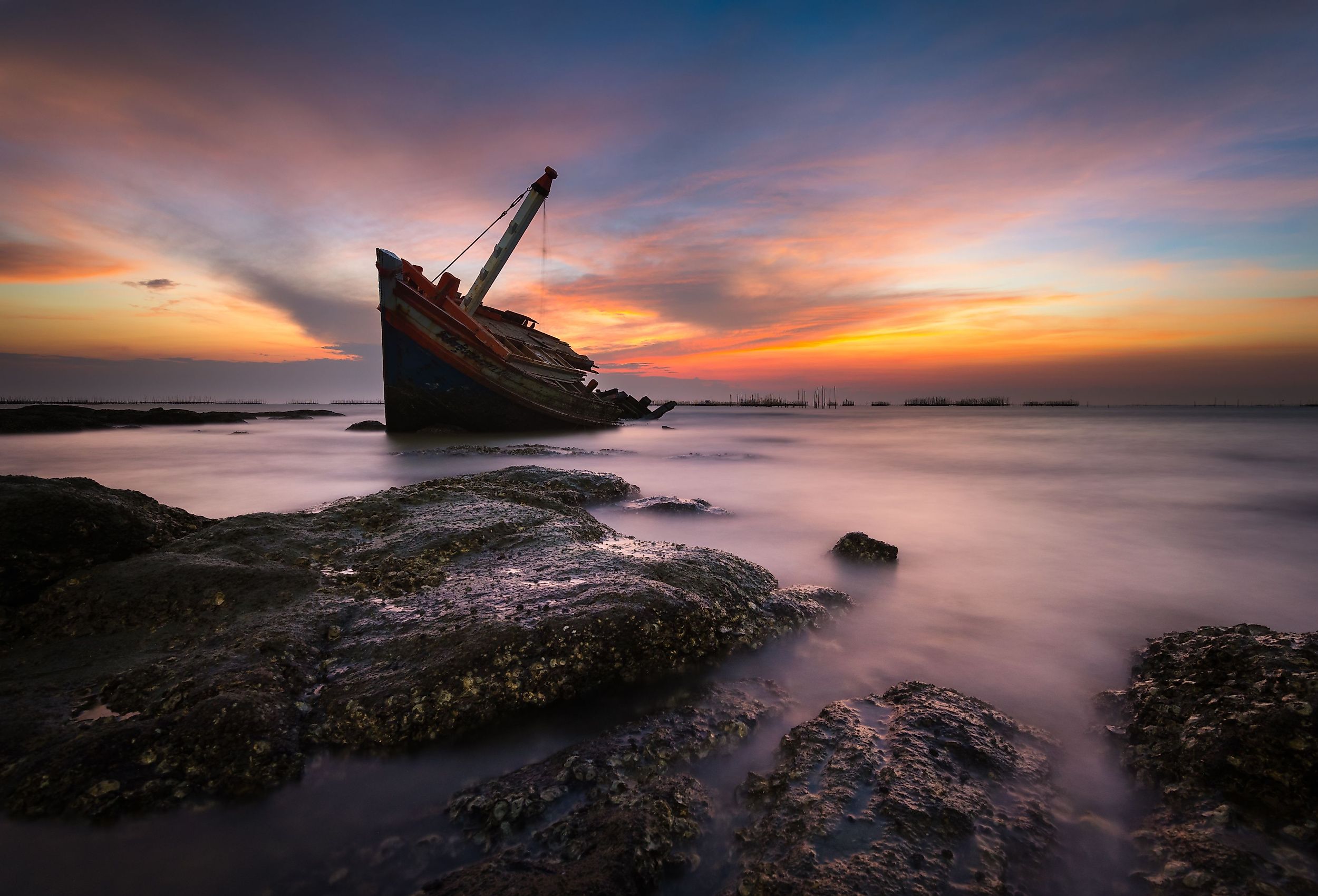
7 Maritime Disasters More Tragic Than The Titanic
The ocean has long been a place of great danger and mystery throughout the existence of mankind. Even in contemporary times, traveling through deep water and rough seas continues to be an arduous and challenging venture.
The tragic sinking of the Titanic in 1912 is undoubtedly the most famous maritime disaster to date. However, there are plenty of other instances that either rival or even dwarf the Titanic in terms of destruction or human loss. Here are seven maritime disasters more tragic than the titanic.
Camarina (249 BC)
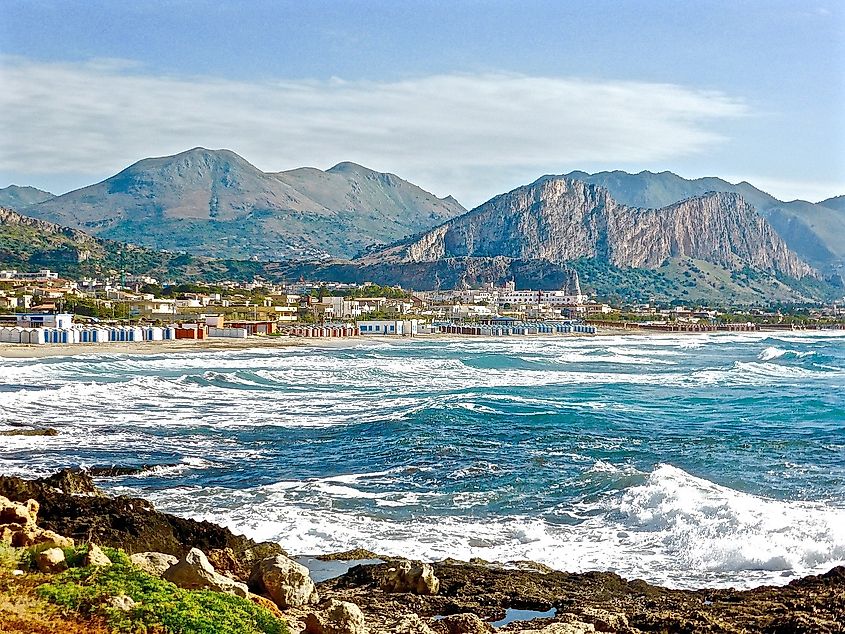
During the First Punic War, the Roman Republic and Carthaginians were vying for naval supremacy in the Mediterranean Sea. Both nation's fleets clashed along the coasts of Sicily, Sardinia, and North Africa.
The Carthaginians had a long seafaring tradition and were able to easily outmatch the Romans on the water. The Romans, as adaptable and tenacious as they were, turned every naval battle into a land battle.
The corvus was a new addition to every ship in the Roman navy. It was a long gangplank that dropped down from the side of the Roman ships to latch onto Carthaginian vessels and then flood them with superior Roman soldiers. But there was a major drawback.
The corvus was heavy and made traversing rough water incredibly treacherous. In 249 BC, a mighty Roman fleet consisting of 280 ships and 100,000 men fell victim to a storm off the coast of Sicily. Only two ships survived.
Sultana (1865)
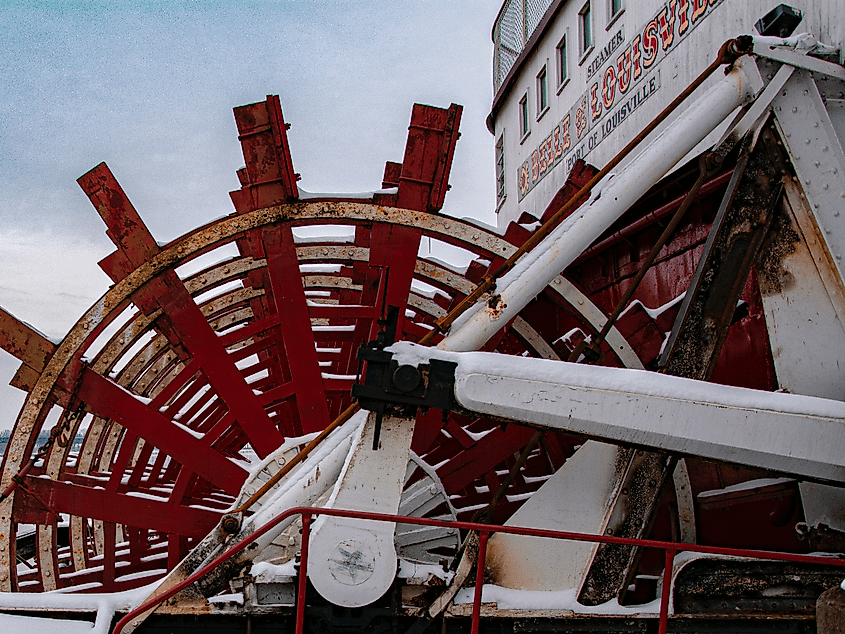
By the middle of the 19th century, steam power was all the rage. Trains, heavy machinery, and even boats utilized some form of steam engine to operate. The Sultana was no different.
The Sultana was sailing up the Mississippi River when it stopped in Vicksburg to address some issues the boat was having in its boiler room. Instead of properly tending to repairs, the ship's captain J. Cass Mason decided to continue the journey.
Only a few days later, after leaving Memphis, the strained boiler erupted killing 1,195 of the 2,000 passengers onboard. It still remains today the most deadly maritime accident in US history.
Second Battle of Algeciras (1801)
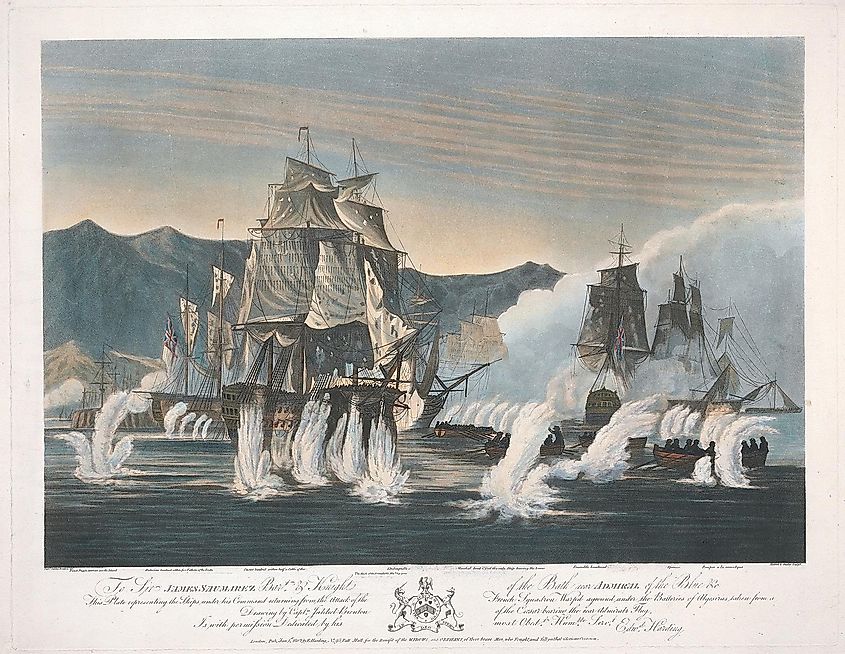
During the Napoleonic Wars of the late 18th and early 19th centuries, Britain and France were in near-constant conflict with one another at sea. Spain, an ally of France at the time, was happy to help the French take on the British navy.
On the night of July 12th, 1801 a small Spanish contingent found themselves in a battle with the HMS Superb, a relatively small but nimble ship. Thanks to some ingenious maneuvering from the British captain, the two Spanish ships, the Real Carlos and the San Hermenegildo were unable to stop the British ship from escaping. The Real Carlos even suffered heavy damage from the HMS Superb.
Due to poor visibility caused by nightfall and the chaos of battle, the San Hermenegildo mistook the Real Carlos for the HMS Superb and fired a broadside cannon barrage at almost point-blank range. The Real Carlos responded with its own broadside attack and soon both Spanish ships were trying to destroy one another.
This disaster ended in a devastating explosion after fires reached both ships' central magazines. Almost 1,500 Spanish sailors died.
Halifax Explosion (1917)
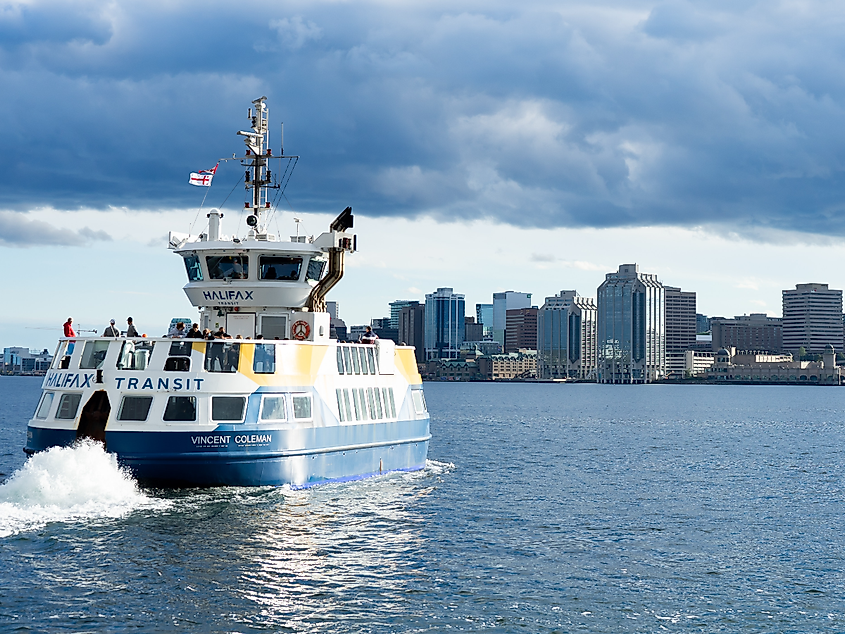
At the height of the First World War, Halifax Canada faced a city-wide tragedy. A large explosion stemming from a munitions ship decimated the city harbor. The French steamship Mont-Blanc was crossing the Atlantic Ocean to deliver supplies to the war effort in Europe.
The Imo, a Norwegian supply vessel accidentally collided with the French ship causing a series of small fires. Once the fire reached the estimated 2,925 tons of explosives onboard, the ship erupted in a flash. The blast was so powerful that it created a man-made tsunami in the harbor wreaking havoc on the city. Halifax lost almost 2,000 lives, and 1,600 buildings, in addition to the 9,000 injured.
Dona Paz (1987)
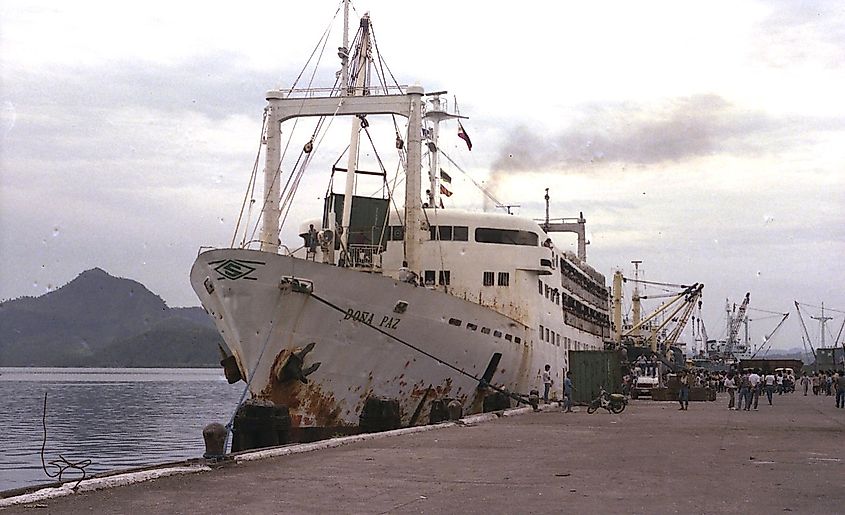
In the late hours of December 20th, 1987 the Dona Paz a Filipino ferry destined for Catbalogan collided with a fuel tanker, the MT Vector. Due to the time of day, most of the passengers were asleep when the collision took place.
The fuel on the tanker quickly caught fire. The blaze then spread to the Dona Paz with astonishing speed. Most passengers awoke in a sudden panic and scrambled to find rescue. The Dona Paz had an insufficient amount of lifeboats and lacked life jackets.
Both the Dona Paz and the MT Victor sank in only a matter of hours. It was later determined by the Supreme Court of the Philippines that the operators of MT Victor were to blame for the incident. The owners of the vessel were operating without a license and with a total disregard for common safety protocols.
The Dona Paz disaster remains to be the most deadly maritime accident in history during peacetime. In total, 4,386 people died.
MV Le Joola (2002)
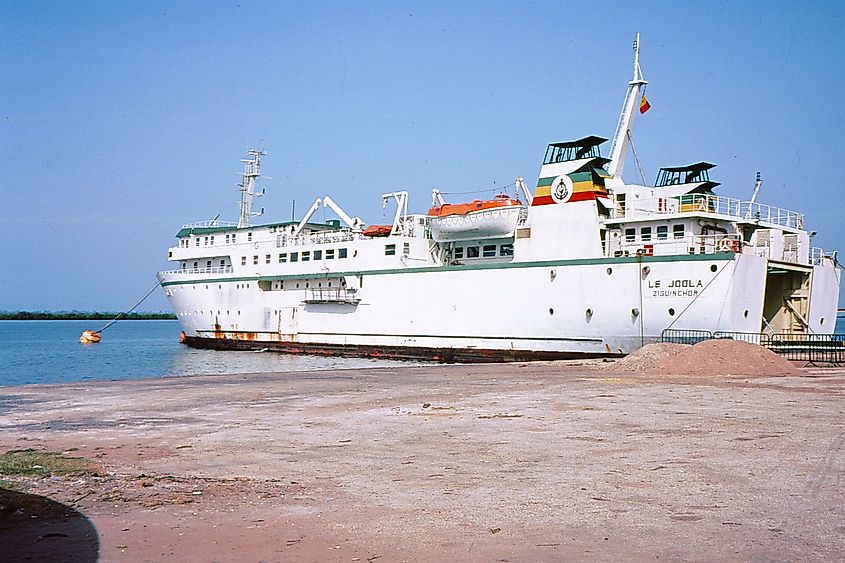
On September 26th, 2002 the MV Le Joola, a ferry owned and operated by the Senegalese government capsized off the coast of The Gambia. The ferry was sailing above capacity when it ran into a storm.
The MV Le Joola was also said to be lacking the proper safety equipment like life rafts and life jackets. Out of the 2,000 people onboard, only 64 survived.
The tragic sinking of the MV Le Joola remains the second most deadly maritime incident only surpassed by the Dona Paz.
Costa Concordia (2012)
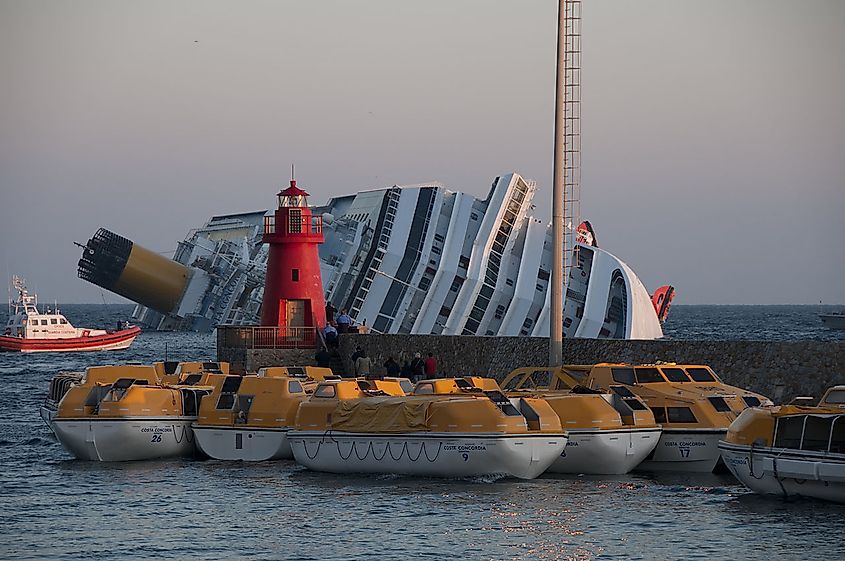
The cruise ship Costa Concordia met an untimely end off the rocky coast of Giglio Island in Italy. Fitted with all the luxuries expected of a cruise ship, some members of the media had referred to the ship as the Titanic of the 21st century.
The ship tore an enormous hole in the side of its hull when captain Francesco Schettino, performed a "salute" to onlookers on shore. This maneuver caused the Costa to venture too close to the shore and collide with rocks hidden in the shallow water.
It is believed that the ship steered too close to shore after a breakdown in communication between the mostly Italian crew and the Indonesian helmsman who spoke neither Italian nor English.
Schettino then continually downplayed the life-threatening damage and refused to order his passengers to abandon the ship until it was too late. The captain faces more than 16 years in prison for his part in the disaster, but 34 people needlessly died due to the incompetence of Schettino and the crew.
Stay Safe
The ocean is still a dangerous place. Despite the constant improvements made in maritime safety, accidents do happen. Whenever on board a seafaring vessel, it is paramount to familiarize yourself with the location of life-saving equipment like lifeboats and life jackets.











